Sea of Ice: Echoes of the European Romantic Era
This exhibition centers on the SBMA’s James Casebere photograph, Sea of Ice (2014). Casebere based his work on German artist Caspar David Friedrich’s (1774–1840) painting of the same name from 1823–24, famous since its debut for its riveting vision of an Arctic naval disaster.
Reacting against the 18th century’s championing of science and reason, early 19th-century Romantic writers and artists sought to capture the intensity and worth of individual experience, often with grand depictions of awe-inspiring nature. Today, we encounter a similar predicament the Romantics faced: in our age of climate change and technological development, how do we represent nature and our precarious relationship to it?
Sea of Ice includes a variety of paintings, photographs, prints and drawings from the collection from the 19th to the 21st century, and an important video loan by Austrian artist Lukas Marxt (b. 1983), all of which reflect Romanticism’s revolutionary and lasting importance.
Parallel Stories
Sea of Ice, Ocean of Sand Part 1: Solitude, Seers, and Painting the Inside with Tony de los Reyes and Brendan Constantine
Sunday, June 22, 2025 | 2 – 4:30 pm
Mary Craig Auditorium

(L to R): Tony de los Reyes; James Casebere, Sea of Ice (detail), 2014. Pigment print. SBMA, Museum purchase with funds provided by the Erik Skipsey Fund; Brendan Constantine.
Sea of Ice, Ocean of Sand Part 2: The Bordered Self and the Slow Grief of Time with Tony de los Reyes and Forrest Gander
Sunday, June 29, 2025 | 2 – 4:30 pm
Mary Craig Auditorium
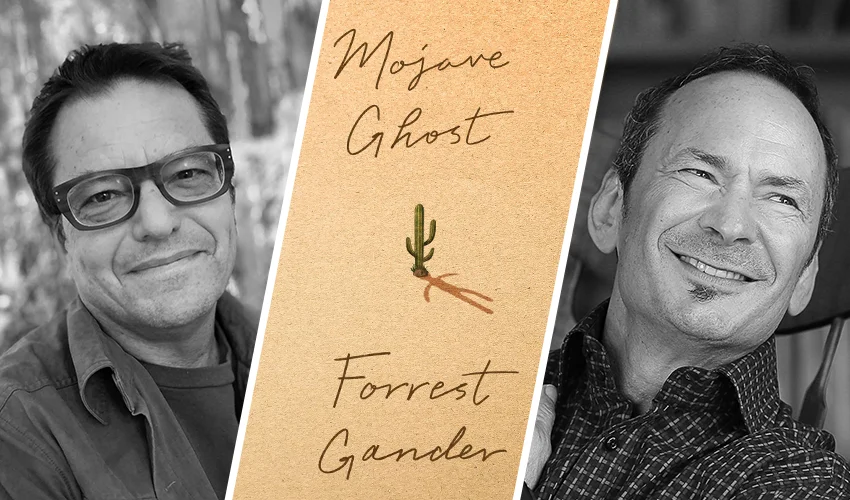
(L to R): Tony de los Reyes; James Casebere, Sea of Ice (detail), 2014. Pigment print. SBMA, Museum purchase with funds provided by the Erik Skipsey Fund; Brendan Constantine.
“The Sublime incites a marvelous set of crises in the minds of artists. It puts them at the axis of three coexisting temporalities: deep time, sovereign time, and individual time. As viewers, we are immersed in immediate, sensual stimuli, offered as an opportunity for a private oblivion.” –Tony de los Reyes
“where is / the human place / in geological time?” –Forrest Gander, Mojave Ghost
This two-part series with artist Tony de los Reyes and poets Brendan Constantine and Forrest Gander will explore the unstable, hidden elements within the sublime, what they meant to artists and poets in the 19th-century how they continue to assert power not only in the arts, but in politics as well.
This series is inspired by the exhibition Sea of Ice: Echoes of the European Romantic Era on view through August 24.
Tony de los Reyes’ work stems from his site-specific responses to regions along the US-Mexico border. By combining the seemingly disparate languages of abstraction and documentation, his work constructs metaphors for the border’s complexity and shifting reality. His current paintings, works on paper, and new sound sculpture/installations focus on the terrain between Mexicali, MX and Jacumba, CA. By focusing on discrete moments within the topography, he asks viewers to consider these borderlands as parallel ecological systems resting in deep time, oblivious to ongoing political rhetoric.
Brendan Constantine is a poet based in Los Angeles. His work has appeared in many standards including Poetry, The Nation, Best American Poetry, and Poem a Day. His fifth collection, 'The Opposites Game' is forthcoming from Red Hen Press. He currently teaches at the Windward School and the Los Angeles County Museum of Art.
Forrest Gander's book Be With was awarded the 2019 Pulitzer Prize. Concerned with the way we are revised and translated in encounters with the foreign, his book Core Samples from the World was a finalist for the Pulitzer Prize and the National Book Critics Circle Award. Gander has collaborated frequently with other artists including photographers Sally Mann, Graciela Iturbide, Raymond Meeks, and Lucas Foglia, glass artist Michael Rogers, ceramic artists Rick Hirsch and Ashwini Bhat, artists Ann Hamilton, Tjibbe Hooghiemstra, dancers Eiko & Koma, and musicians Vic Chesnutt and Brady Earnhart, among others.
- Galleries:Ala Story Gallery,
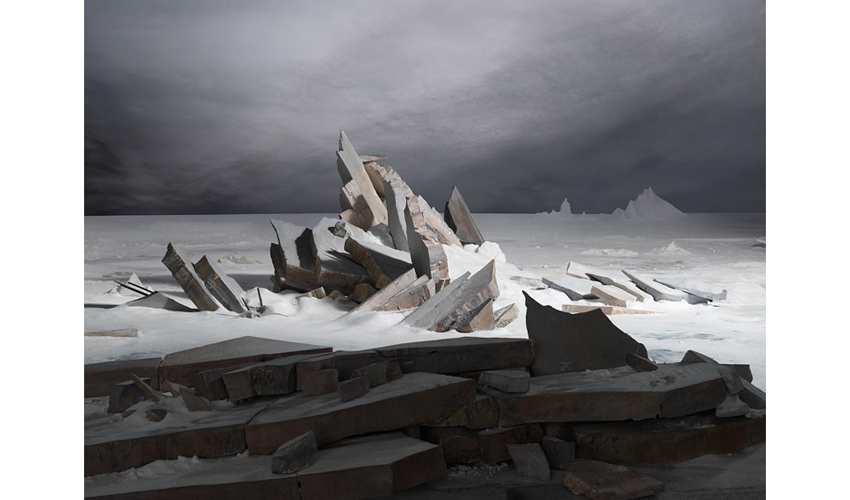
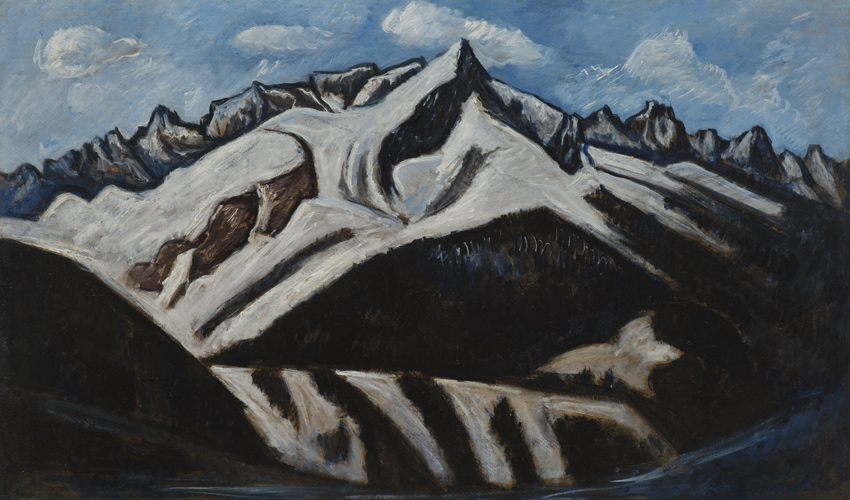
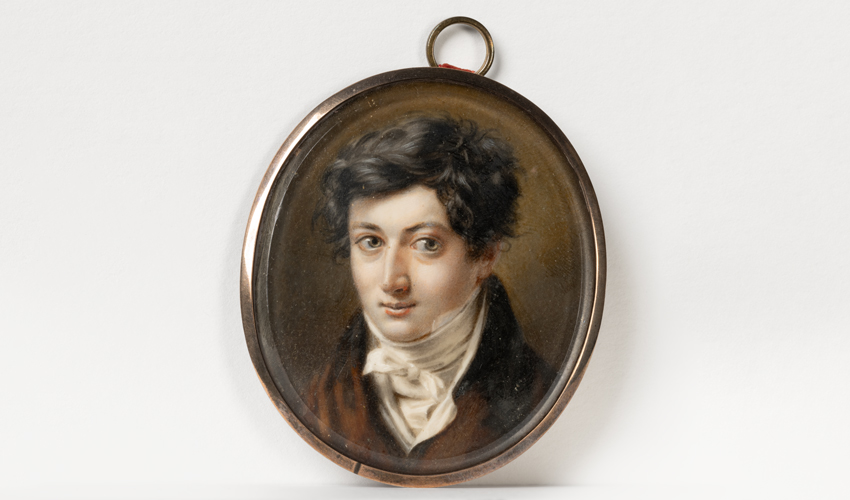
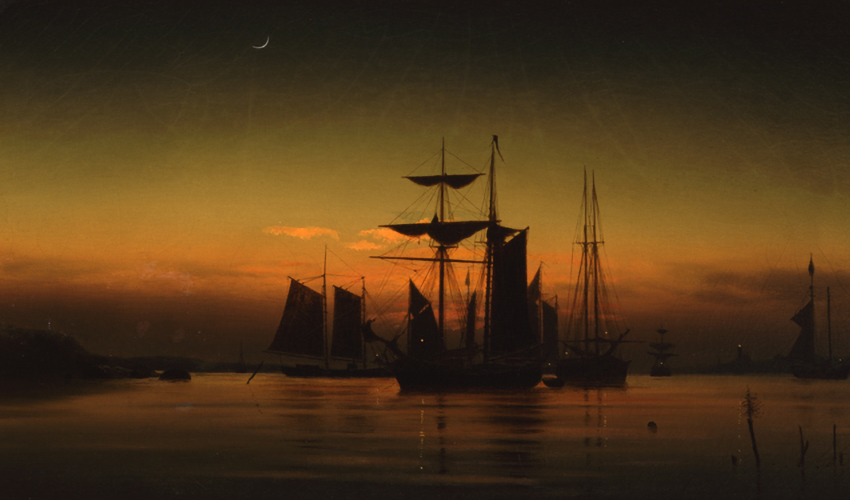
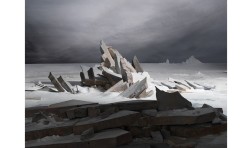
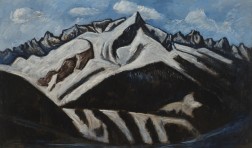

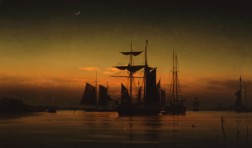













![memberseve[1]](https://www.sbma.net/sites/default/files/styles/menu_thumbnail_400_480/public/menu/memberseve%5B1%5D.jpg.webp?itok=hIz01lpc)





